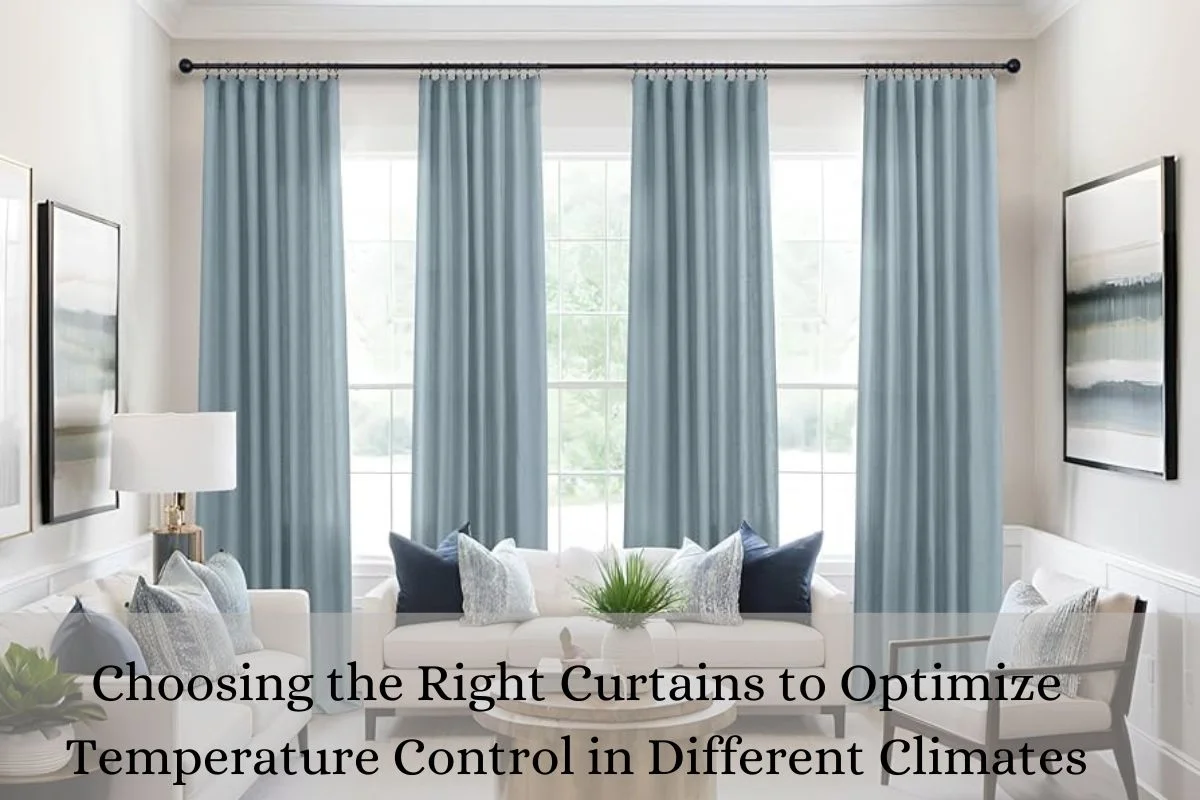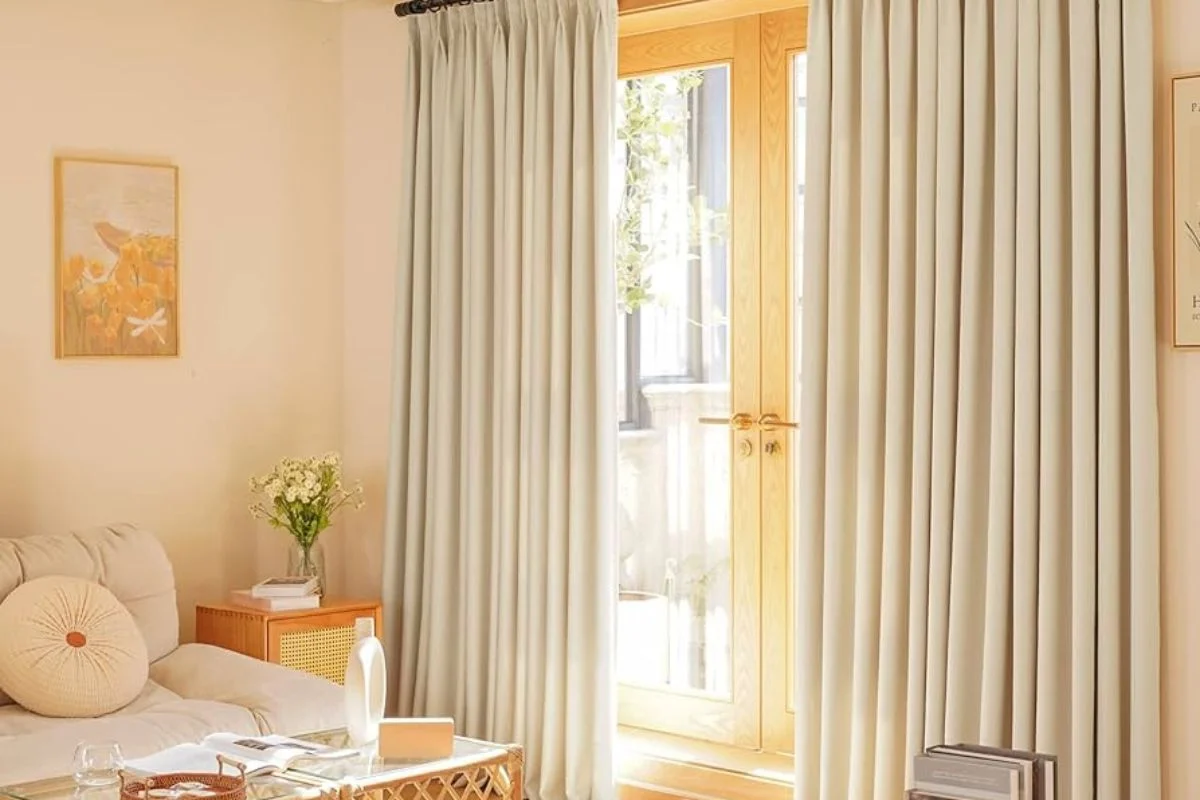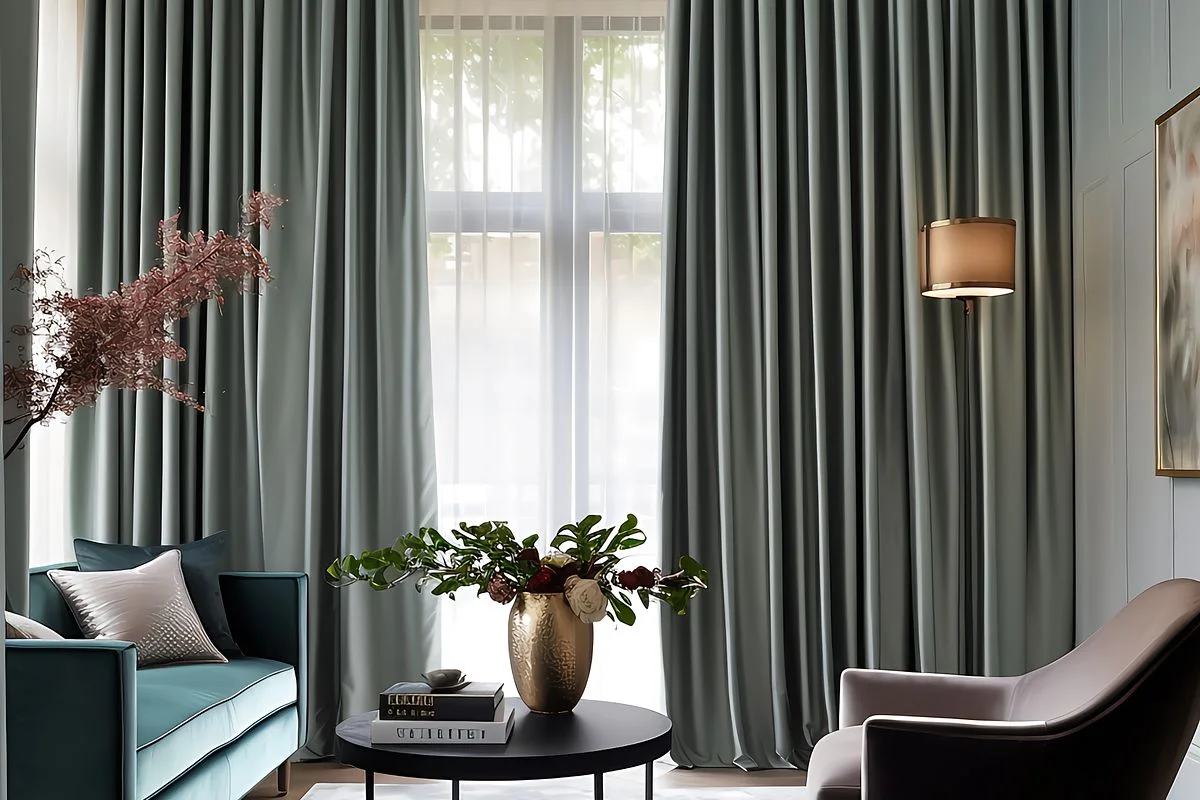When it comes to maintaining a comfortable indoor environment, the right curtains can play a significant role in optimizing temperature control across various climates. Whether you’re battling the scorching heat of summer or the chilling cold of winter, selecting appropriate window treatments can enhance energy efficiency and improve overall comfort in your home. The choice of curtain material, color, and style directly affects how much heat enters or escapes a room. This article will explore the best curtain options tailored to specific climate conditions, providing insights into maximizing insulation, reducing energy costs, and creating a cozy atmosphere year-round. By understanding how different curtains function in various climates, you can make informed decisions that elevate your home’s comfort and efficiency.
Understanding Climate Impact on Indoor Temperature
Climate significantly influences indoor temperature, affecting comfort and energy efficiency. In hot climates, excessive sunlight can lead to overheating, while cold climates may result in heat loss. Windows play a pivotal role, acting as barriers that can either trap heat indoors or let it escape. Understanding your local climate is essential when choosing curtains. For instance, areas with high humidity may require moisture-resistant fabrics, while those in cooler regions benefit from heavier, insulating materials. By selecting appropriate curtains based on climate, you can create a more stable and comfortable indoor environment throughout the year.
Types of Curtain Fabrics
The choice of fabric for curtains is crucial for optimizing temperature control. Common options include cotton, polyester, and blends, each offering different thermal properties. Cotton is breathable, making it suitable for warmer climates, while polyester is durable and resistant to fading. Blackout curtains are designed to block light and provide insulation, helping to maintain consistent indoor temperatures. Thermal curtains, often lined with insulating materials, excel at keeping warmth in during winter and heat out in summer. Selecting the right fabric can enhance comfort and energy efficiency, making a significant impact on your home’s climate control.
Light Color vs. Dark Color Curtains
The color of your curtains influences heat absorption and reflection, impacting indoor temperature. Light-colored curtains, such as whites and pastels, reflect sunlight, helping to keep rooms cooler in warm climates. This can reduce reliance on air conditioning and lower energy costs. Conversely, dark-colored curtains absorb heat, making them effective for retaining warmth in colder climates. By choosing the right color based on your local climate, you can optimize energy efficiency and enhance comfort. Consider the orientation of your windows and the intensity of sunlight they receive when selecting curtain colors for maximum impact.
Insulating Curtains and Thermal Linings
Insulating curtains and thermal linings are essential for effective temperature control in homes. Thermal curtains are specially designed with layers of fabric that trap air, providing insulation against heat loss during winter and heat gain during summer. These curtains can significantly reduce energy consumption and improve comfort. Adding thermal linings to regular curtains enhances their insulating properties without sacrificing style. This combination offers flexibility, allowing homeowners to choose aesthetically pleasing designs while benefiting from improved energy efficiency. Investing in insulating curtains can lead to long-term cost savings on heating and cooling bills.
Layering Curtains for Enhanced Control
Layering curtains is an effective strategy for optimizing temperature control in various climates. By combining sheer curtains with heavier drapes, you can achieve versatile light control and insulation. Sheer curtains allow natural light to filter in while reducing glare, while heavier curtains provide warmth and privacy when needed. This layering technique enables homeowners to adapt to changing weather conditions throughout the year. In summer, you can use just the sheer curtains for a light feel, while in winter, the heavier drapes can be closed to retain heat. Layering not only enhances functionality but also adds depth to your decor.
Curtain Length and Style Considerations
The length and style of curtains can significantly impact temperature control. Floor-length curtains provide better insulation as they cover more surface area, minimizing heat loss around windows. Additionally, they create a more elegant aesthetic, making rooms feel larger. Conversely, sill-length curtains may be more suitable for casual spaces, but they may not offer the same thermal benefits. Styles such as pleated or grommet curtains can also affect insulation; pleated designs tend to hang more effectively, while grommet styles offer a modern look. Choosing the right length and style helps optimize both function and appearance in your space.
Seasonal Curtain Strategies
Seasonal curtain strategies are essential for maximizing temperature control throughout the year. In summer, lightweight, breathable fabrics are ideal for allowing airflow and minimizing heat buildup. Switching to heavier, insulated curtains in winter can trap warmth and reduce heating costs. This approach not only enhances comfort but also promotes energy efficiency. To ensure a smooth transition, consider organizing a seasonal swap to store off-season curtains effectively. By adapting your window treatments to the changing seasons, you can maintain a comfortable indoor environment while optimizing energy usage, resulting in long-term cost savings.
Energy Efficiency and Cost Savings
Selecting the right curtains significantly contributes to energy efficiency and cost savings in your home. By effectively regulating indoor temperatures, curtains can reduce reliance on heating and cooling systems, leading to lower energy bills. Insulating curtains, thermal linings, and appropriate fabric choices help retain heat in winter and block it in summer, creating a more stable indoor environment. This not only enhances comfort but also minimizes wear and tear on HVAC systems, extending their lifespan. Investing in energy-efficient window treatments can yield substantial long-term savings, making them a smart choice for homeowners looking to improve overall efficiency.
Conclusion
In conclusion, choosing the right curtains is essential for optimizing temperature control in different climates. Factors such as fabric type, color, length, and layering techniques play critical roles in enhancing energy efficiency and maintaining comfort. By understanding your local climate and selecting appropriate window treatments, you can create a cozy atmosphere year-round. Seasonal strategies further improve temperature regulation, ensuring your home remains comfortable regardless of external conditions. Ultimately, investing in the right curtains can lead to significant energy savings, making them an essential element of any effective climate control strategy.



